

Articles
How To Get On Roof
Modified: October 18, 2024
Learn how to safely get on the roof with our informative articles, providing step-by-step guides and expert tips. Enhance your roofing knowledge and tackle any project with confidence.
(Many of the links in this article redirect to a specific reviewed product. Your purchase of these products through affiliate links helps to generate commission for Storables.com, at no extra cost. Learn more)
Introduction
Getting on the roof can be a daunting task for many homeowners. Whether it’s for maintenance, repairs, or simply enjoying the view, knowing the proper steps to access the roof safely is crucial. In this guide, we will walk you through the process of getting on the roof, from assessing the roof access to taking necessary safety precautions.
Before attempting to access the roof, it is important to prioritize safety. Always assess the condition of the roof and ensure you have the right equipment for the job. Additionally, be mindful of weather conditions that could make the roof slippery or hazardous.
By following the steps outlined in this guide and taking the necessary precautions, you can confidently get on the roof and carry out any necessary maintenance or repairs. So let’s get started!
Key Takeaways:
- Prioritize safety by assessing roof access, using a sturdy ladder, and wearing appropriate safety gear. Take precautions and be mindful of surroundings to prevent accidents and injuries while accessing the roof.
- Safely navigate the roof by planning movements, walking on sturdy surfaces, and being cautious of hazards. Follow safety precautions, be aware of limitations, and ensure a secure descent to prioritize safety at all times.
Read more: How To Get On Roof With Gutters
Step 1: Assessing the Roof Access
Before attempting to get on the roof, it’s crucial to assess the roof access points to ensure they are safe and suitable for climbing. Here are a few factors to consider:
- Identify the access points: Take a walk around your property and identify the areas where you can easily access the roof. Common access points include a ladder or staircase leading to the roof, a rooftop hatch, or even a window that provides easy access.
- Check for obstructions: Look for any obstructions that may hinder your access to the roof. This could include overhanging branches, debris, or any other objects that might pose a safety risk. Clear away any obstructions to ensure a clear pathway.
- Assess the structural integrity: Inspect the access points for any signs of damage or weakness. Check for loose steps, cracks in the ladder, or any other structural issues that could potentially lead to accidents. If you notice any concerns, repair or replace the access point before attempting to climb onto the roof.
It’s important to remember that not all roofs are safe to access. Steep roofs, roofs with a slippery surface, or those with heavy materials such as tiles may require professional assistance. If you are unsure about the safety of your roof or the access points, it’s always best to consult with a roofing expert.
Once you have assessed the roof access and are confident that it is safe and suitable, you can move on to the next step, gathering the necessary equipment.
Step 2: Gathering the Necessary Equipment
Before attempting to climb onto the roof, it’s essential to gather the necessary equipment to ensure your safety and convenience. Here are some items you will need:
- Ladder: Choose a sturdy ladder that is the appropriate height for accessing your roof. Ensure that the ladder is in good condition, with no cracks or loose parts. Place the ladder on a stable and level surface, and secure it properly to prevent any movement while climbing.
- Safety harness and ropes: If you are accessing a particularly high or steep roof, it’s advisable to use a safety harness and ropes. This will provide an additional layer of protection in case of a slip or fall. Make sure the harness is properly fitted and attached securely to an anchor point.
- Non-slip shoes: Wear sturdy shoes with good traction to prevent slipping on the roof surface. Avoid wearing open-toed shoes or sandals, as they do not provide adequate protection or grip.
- Protective gear: Depending on the nature of your task, you may need additional protective gear such as gloves, safety goggles, or a hard hat. Assess the requirements of your specific job and ensure you have the necessary gear to safeguard yourself.
- Tools and materials: If you are going on the roof to conduct repairs or maintenance, gather the required tools and materials beforehand. This may include a hammer, screwdriver, caulk, roofing nails, or replacement shingles. Having these items readily available will save you time and effort once you’re on the roof.
Remember, the right equipment is essential for a safe and successful roof access. Gather all the necessary items before attempting to climb onto the roof. With the equipment in hand, you are now ready to move on to the next step – using a ladder safely.
Step 3: Using a Ladder Safely
Using a ladder safely is crucial to ensure a stable and secure ascent to the roof. Follow these steps to ensure your safety while using a ladder:
- Choose the right ladder: Select a ladder that is the appropriate height and type for your task. For accessing the roof, an extension ladder is typically the best choice as it can be adjusted to the desired height. Ensure that the ladder is in good condition and has a weight capacity that can support your weight.
- Inspect the ladder: Before climbing, carefully inspect the ladder for any signs of damage, such as cracks or loose rungs. Ensure that all the locks and hinges are secure and working correctly. If you notice any issues, do not use the ladder and seek a replacement or repair.
- Set up the ladder correctly: Place the ladder on a stable and level surface. Ensure that the ground is free from any debris or obstructions that could cause the ladder to wobble or slip. If necessary, use ladder stabilizers or rubber feet to enhance stability.
- Angle the ladder: When setting up the ladder, follow the 4-to-1 rule – for every four feet of ladder height, the base of the ladder should be one foot away from the structure. This will provide a stable angle for climbing.
- Use the three-point contact: When climbing the ladder, maintain three-point contact at all times. This means that you should have two hands and one foot or two feet and one hand on the ladder. This will ensure stability and reduce the risk of falls.
- Avoid overreaching: While on the ladder, avoid leaning or reaching out too far. Repeatedly reposition the ladder when working to maintain proper balance and stability. Overreaching can cause the ladder to tilt or tip over, resulting in accidents.
- Secure the ladder: If possible, have someone hold the base of the ladder or use ladder stabilizers to prevent movement while ascending or descending. This will provide added security and stability.
By following these ladder safety tips, you can minimize the risk of accidents and ensure a safe climb to the roof. Once you have securely ascended the ladder, you are ready to move on to the next step – accessing the roof.
Step 4: Accessing the Roof
Now that you have safely positioned the ladder, it’s time to climb onto the roof. Follow these steps to access the roof safely:
- Face the ladder: Position yourself at the top of the ladder facing the roof. Ensure that you have a firm grip on the ladder and maintain three-point contact as you transition from the ladder to the roof.
- Use the ladder rungs as a guide: As you step off the ladder and onto the roof, use the rungs as a guide for your feet. This will provide stability and help you maintain your balance as you make the transition.
- Take small, deliberate steps: Once on the roof, take small and deliberate steps to get accustomed to the surface. Be cautious of any loose or slippery areas and adjust your footing accordingly.
- Use handrails or anchor points: Look for handrails or anchor points on the roof that you can use for support and stability. These can be especially useful if you are accessing a steep or sloping roof.
- Stay aware of your surroundings: While moving on the roof, be mindful of any potential hazards or obstacles, such as skylights, vents, or loose debris. Keep an eye out for changes in surface elevation or any signs of damage that could compromise your safety.
- Take it slow: Move on the roof slowly and cautiously, especially if you are new to rooftop access. It’s better to be safe and steady rather than rushing and risking a fall or injury.
Remember, accessing the roof requires careful attention and awareness of your surroundings. Take your time to ensure a safe transition from the ladder to the roof. Once you have successfully accessed the roof, you can move on to the next step – moving on the roof.
Use a sturdy ladder and have a spotter for safety. Check for any obstacles or hazards on the roof before climbing. Wear appropriate footwear with good grip.
Read more: How To Get Moss Off Roof
Step 5: Moving on the Roof
Now that you have safely accessed the roof, it’s important to move around with caution and purpose. Follow these steps to navigate the roof safely:
- Plan your movements: Before taking any steps, assess the layout of the roof and plan your movements accordingly. Identify the areas you need to access and determine the safest route to reach them.
- Walk on sturdy surfaces: Whenever possible, walk on sturdy and stable surfaces of the roof, such as the rafters or supports. Avoid stepping on fragile or weak areas, such as skylights or damaged shingles, as they may not be able to support your weight.
- Watch out for hazards: Keep an eye out for any potential hazards on the roof, such as loose debris, protruding nails, or uneven surfaces. Be cautious of any electrical equipment or cables that may be present and avoid stepping on or near them.
- Use proper posture: Maintain a balanced and upright posture while walking on the roof. Keep your knees slightly bent and your weight evenly distributed to enhance stability and prevent falls.
- Minimize distractions: Avoid distractions such as using your phone or listening to music while walking on the roof. Stay focused on your movements and the task at hand to ensure your safety.
- Take breaks if needed: If you feel fatigued or uncomfortable while on the roof, it’s important to take breaks. Find a safe and stable area to rest and regain your composure before continuing.
- Be mindful of weather conditions: If the roof is wet, icy, or slippery due to rain or snow, exercise extreme caution or consider postponing your roof activities until conditions improve. The safety of your movements on the roof is heavily affected by weather conditions.
By following these guidelines and being mindful of your movements, you can minimize the risk of accidents and safely navigate the roof. Take your time and exercise caution as you move around. With these precautions in mind, you can now focus on performing your desired tasks on the rooftop.
Step 6: Roof Safety Precautions
Ensuring your safety while on the roof is of utmost importance. Follow these safety precautions to minimize the risk of accidents:
- Always wear fall protection: If you are working on a high or steep roof, it is crucial to wear a safety harness and attach it to a secure anchor point. This will prevent falls and provide an additional layer of safety.
- Use caution on sloped roofs: When working on sloped roofs, be extra careful due to the increased risk of slipping or sliding. Use proper footwear with good traction and consider using a roof ladder or roof jacks to provide stability.
- Be mindful of fragile areas: Avoid walking on fragile areas of the roof, such as skylights or thin roof sections. Be aware of weak spots and take extra caution when accessing or working near these areas.
- Ensure proper ventilation: If you are working on a roof during hot weather, ensure proper ventilation to avoid overheating. Take regular breaks in shaded areas and stay hydrated to prevent heat-related illnesses.
- Watch out for power lines: Be cautious of any nearby power lines while on the roof. Keep a safe distance and never touch or come into contact with them. If necessary, consult a professional to assist with tasks that involve power lines.
- Be aware of your limitations: Recognize your limitations and do not attempt tasks that may be beyond your skill or physical capabilities. If a task requires expertise or specialized knowledge, it’s best to hire a professional to ensure safety and quality work.
- Secure tools and materials: When working on the roof, make sure to secure and properly store your tools and materials. Avoid leaving any loose objects on the roof that could pose a tripping hazard or fall and cause injuries to you or others below.
- Stay up to date with safety regulations: Familiarize yourself with local safety regulations and building codes regarding rooftop work. This will help you ensure compliance and adhere to industry standards for best practices.
Prioritizing safety is essential while working on the roof. By following these safety precautions, you can complete your tasks efficiently while reducing the risk of accidents and injuries. Remember, safety should always be your top priority.
Step 7: Descending from the Roof
When your work on the roof is complete, it’s important to descend safely. Follow these steps to ensure a secure and injury-free descent:
- Plan your descent route: Before starting your descent, identify the safest route to get back to the ladder. Look for stable areas and avoid any hazards or obstacles that you encountered during your ascent.
- Take it slow: Descend from the roof slowly and deliberately. Maintain three-point contact with the roof whenever possible to ensure stability.
- Use handrails or anchor points: If available, use handrails or anchor points on the roof to support yourself as you make your way down. These will provide additional stability and balance.
- Be cautious of debris: Be aware of any debris or loose materials on the roof as you descend. Clear away any obstacles that could pose a tripping hazard.
- Face the ladder: As you approach the ladder, turn to face it and carefully position yourself to descend safely. Make sure the ladder is still securely in place before proceeding.
- Descend one step at a time: Take one step at a time when descending the ladder. Ensure that your feet are securely placed on each rung before moving to the next one.
- Maintain three-point contact: While descending the ladder, maintain three-point contact just as you did when climbing up. Keep two hands and one foot or two feet and one hand on the ladder at all times.
- Use caution when reaching the ground: When reaching the ground, be careful not to jump or land abruptly. Lower yourself down gently, using the ladder for support until your feet are firmly on the ground.
- Inspect the ladder: Once you have safely descended from the roof, inspect the ladder for any damage or defects. If any issues are discovered, repair or replace the ladder before its next use.
By following these steps and taking your time, you can safely descend from the roof without putting yourself at risk. Remember to prioritize safety and remain vigilant throughout the process.
Conclusion
Getting on the roof can be a necessary task for maintenance, repairs, or simply enjoying the view. However, it’s crucial to prioritize safety and follow the proper steps to access the roof safely. By assessing the roof access, gathering the necessary equipment, using a ladder safely, accessing the roof, moving on the roof, taking roof safety precautions, and descending safely, you can ensure a secure and successful rooftop experience.
Remember to always assess the condition of the roof and the access points before attempting to climb. Use a sturdy ladder, wear appropriate safety gear, and take precautions such as securing the ladder and maintaining three-point contact. When on the roof, be mindful of your surroundings, watch out for hazards, and be aware of your limitations. Prioritize safety at all times to prevent accidents and injuries.
Whether you are performing routine maintenance tasks, inspecting for damage, or enjoying the panoramic view, following these steps will allow you to confidently navigate the roof. But always keep in mind that there are certain situations where professional assistance may be required. If you are unsure about the safety of accessing the roof or the nature of the task at hand, it’s best to consult a roofing expert.
Accessing the roof can be a rewarding experience when done safely and with proper planning. By following the steps in this guide, you can ensure your safety, minimize risks, and carry out your required tasks confidently. So go ahead, take the necessary precautions, and enjoy your time on the roof!
Frequently Asked Questions about How To Get On Roof
Was this page helpful?
At Storables.com, we guarantee accurate and reliable information. Our content, validated by Expert Board Contributors, is crafted following stringent Editorial Policies. We're committed to providing you with well-researched, expert-backed insights for all your informational needs.
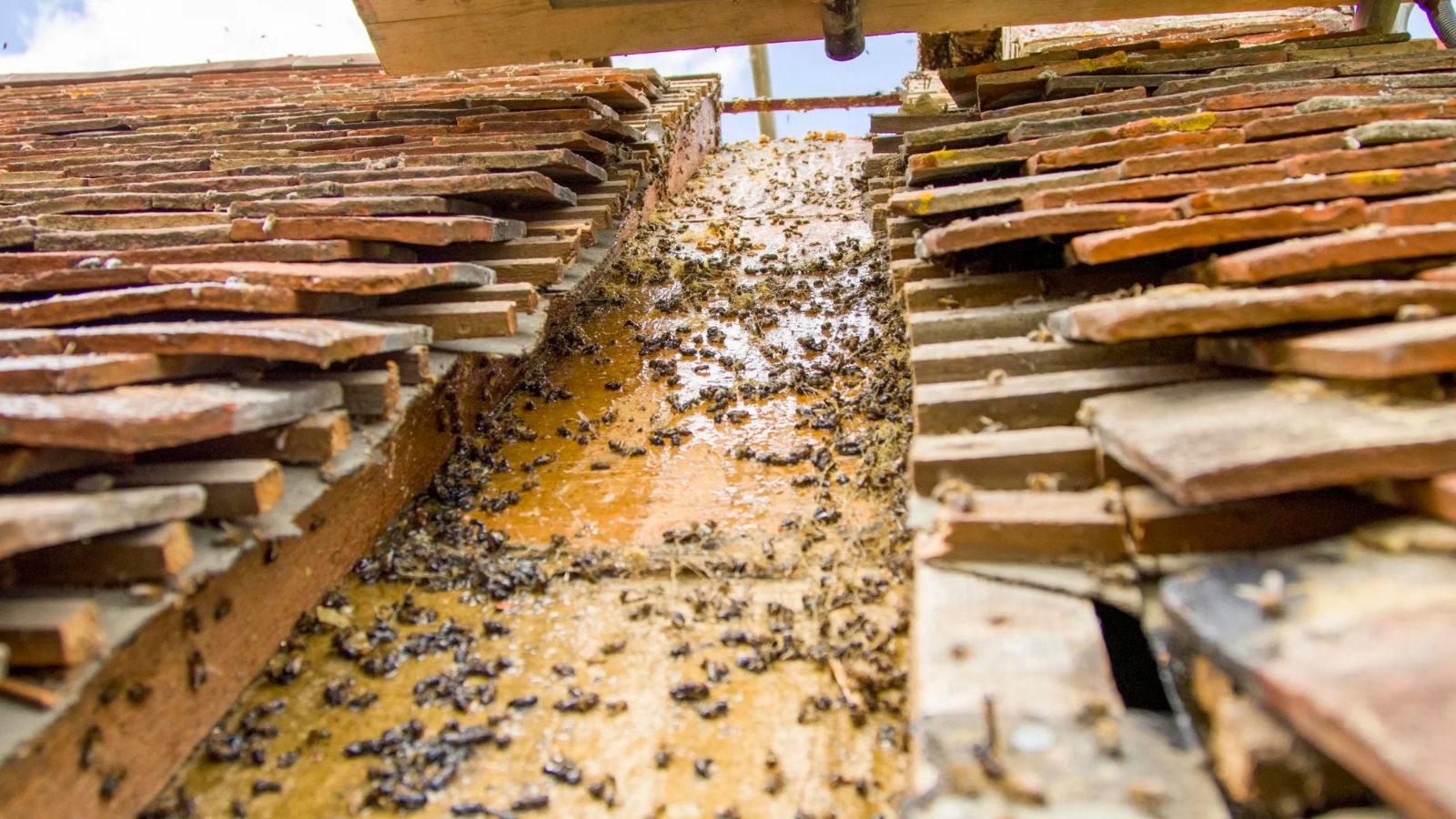
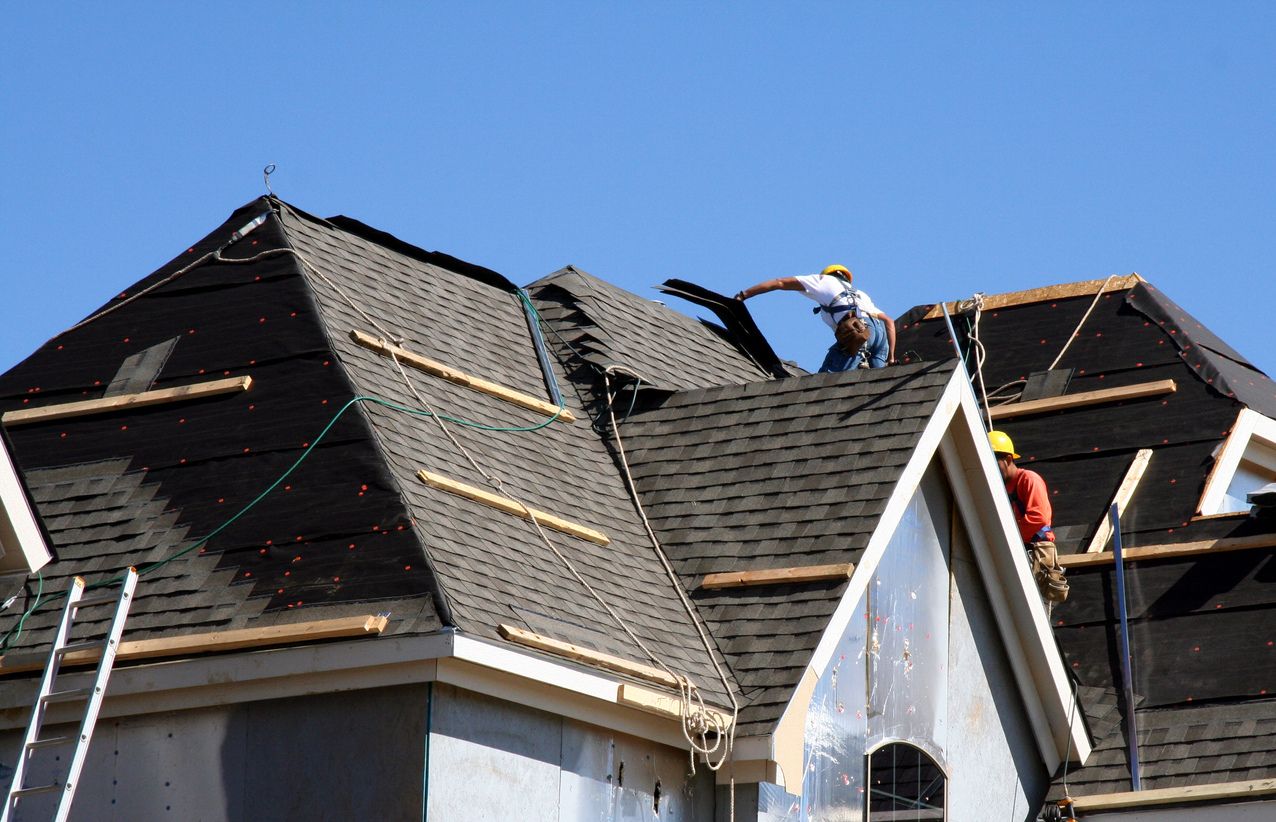



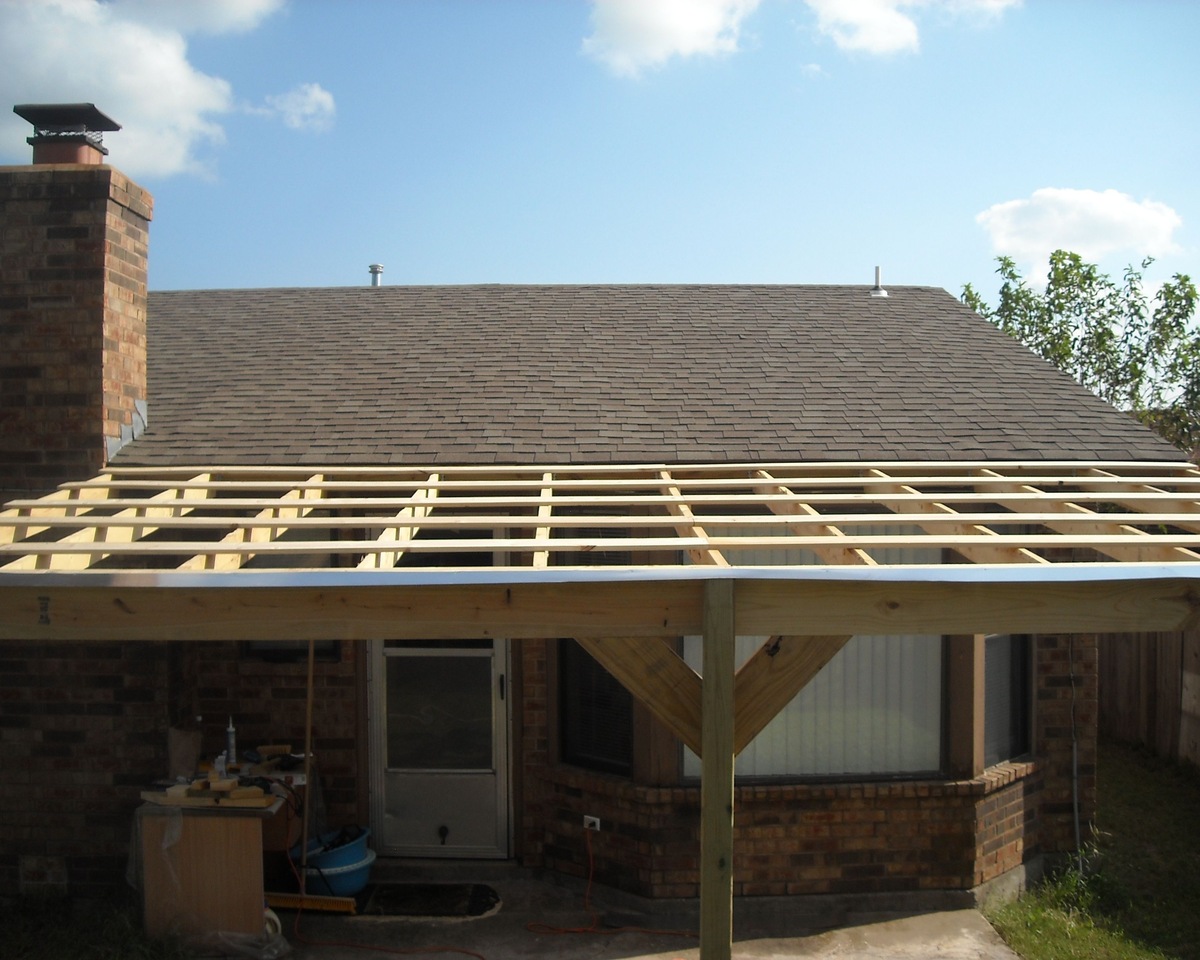
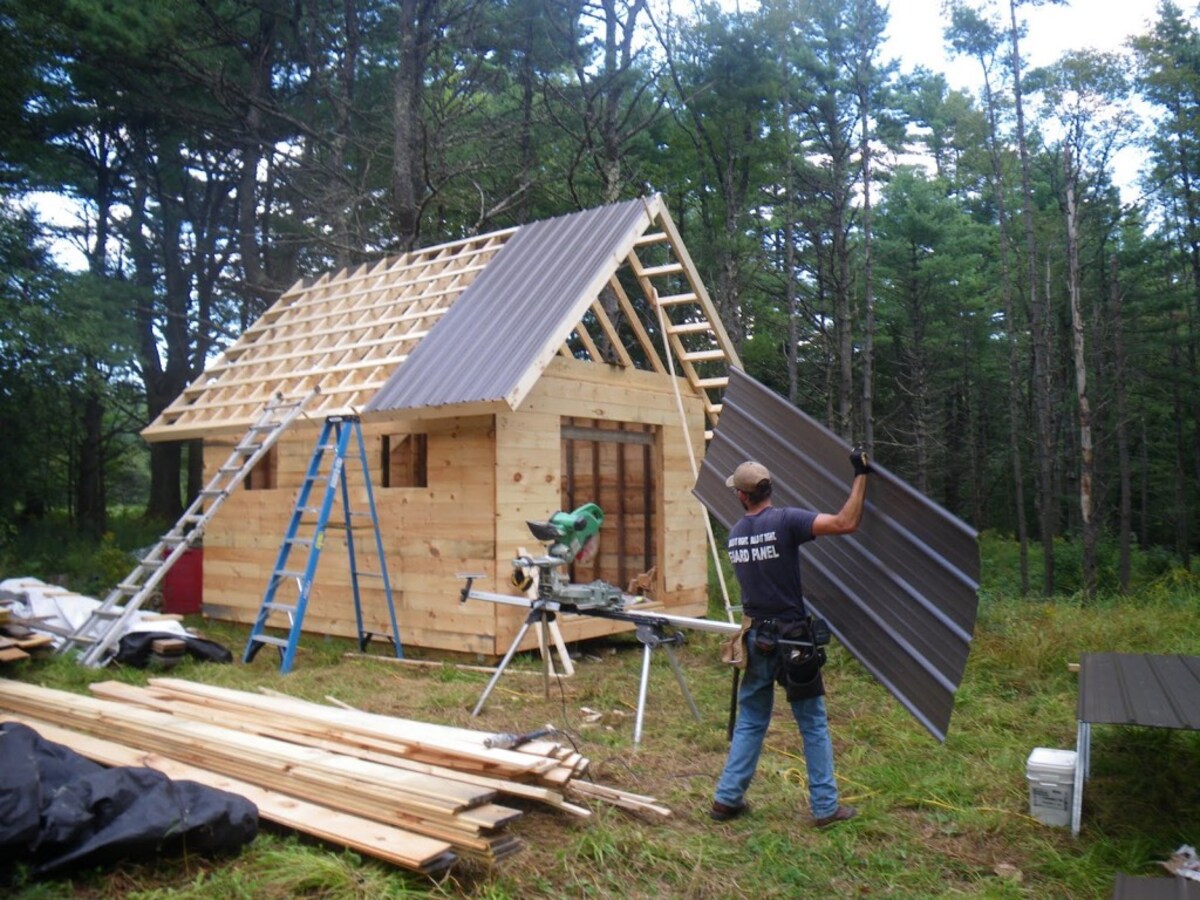
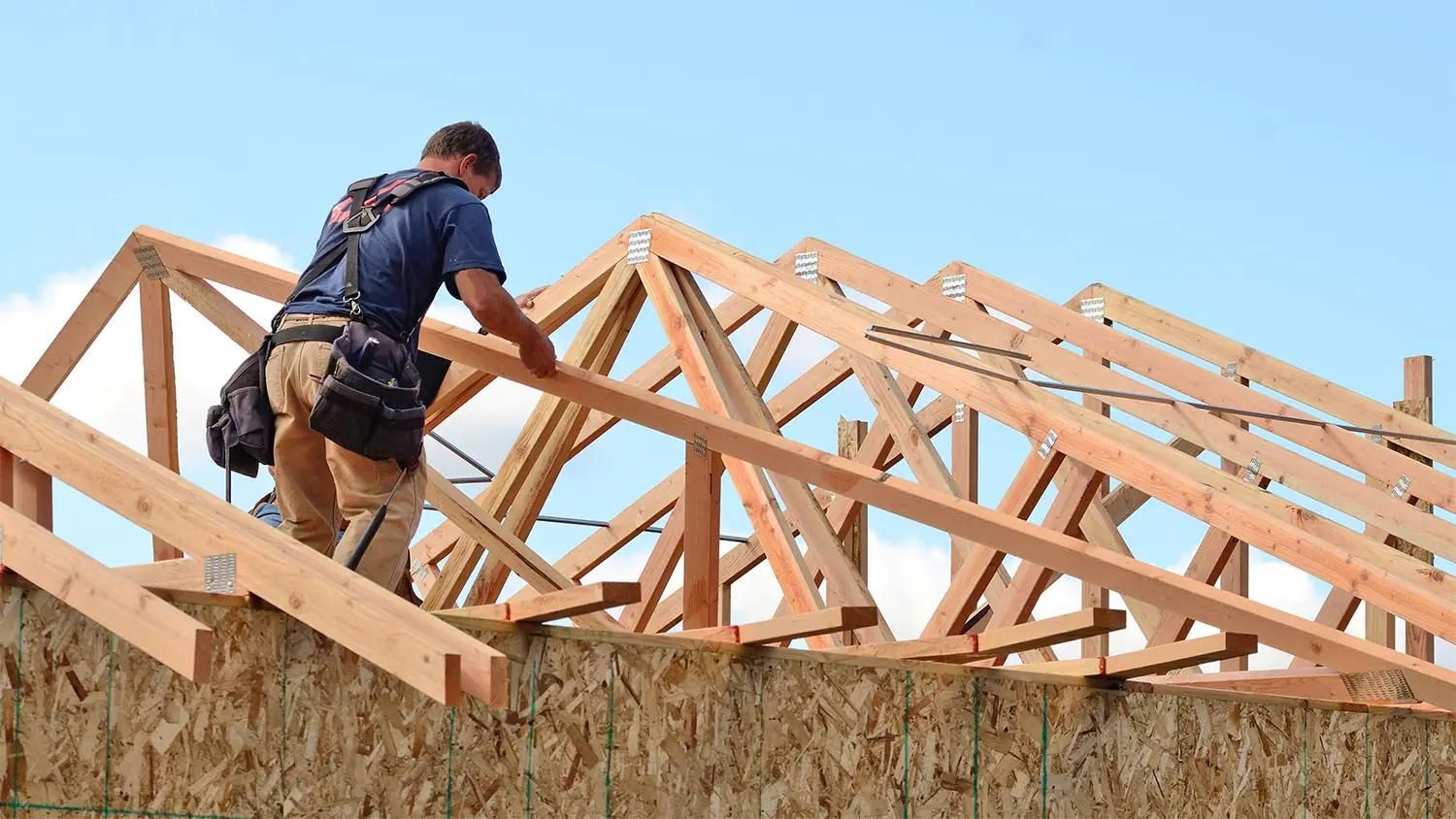
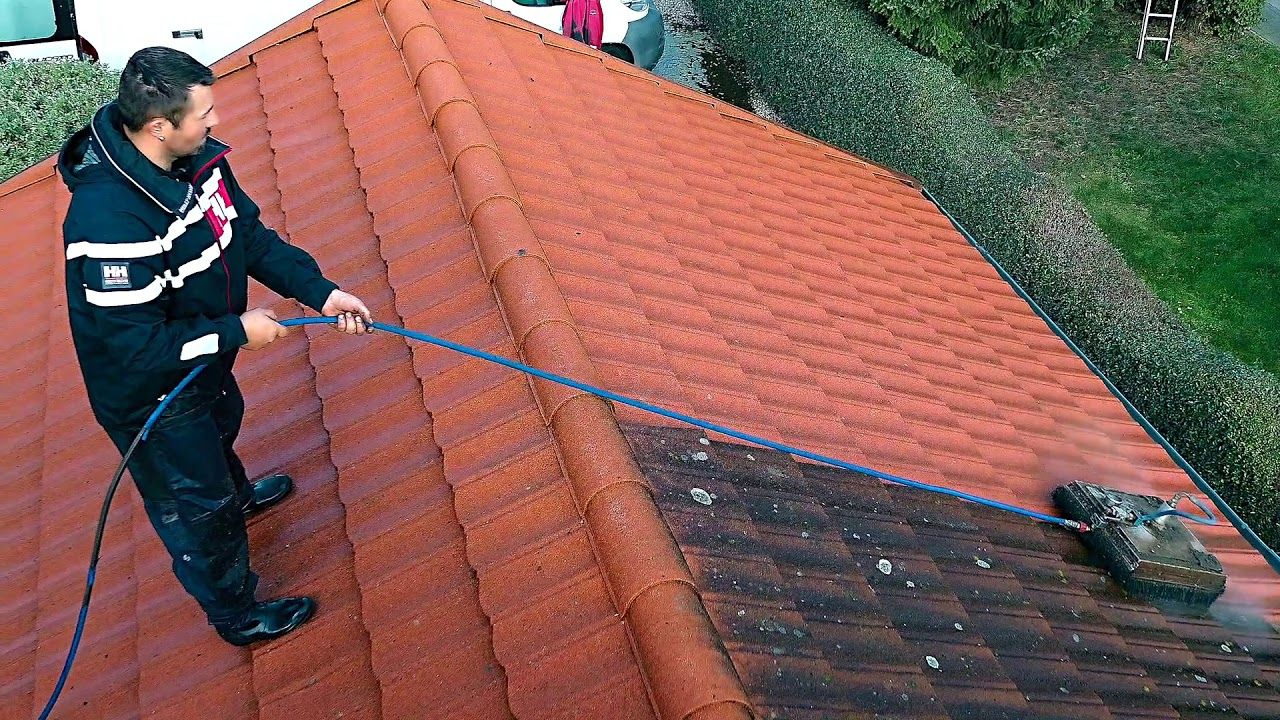
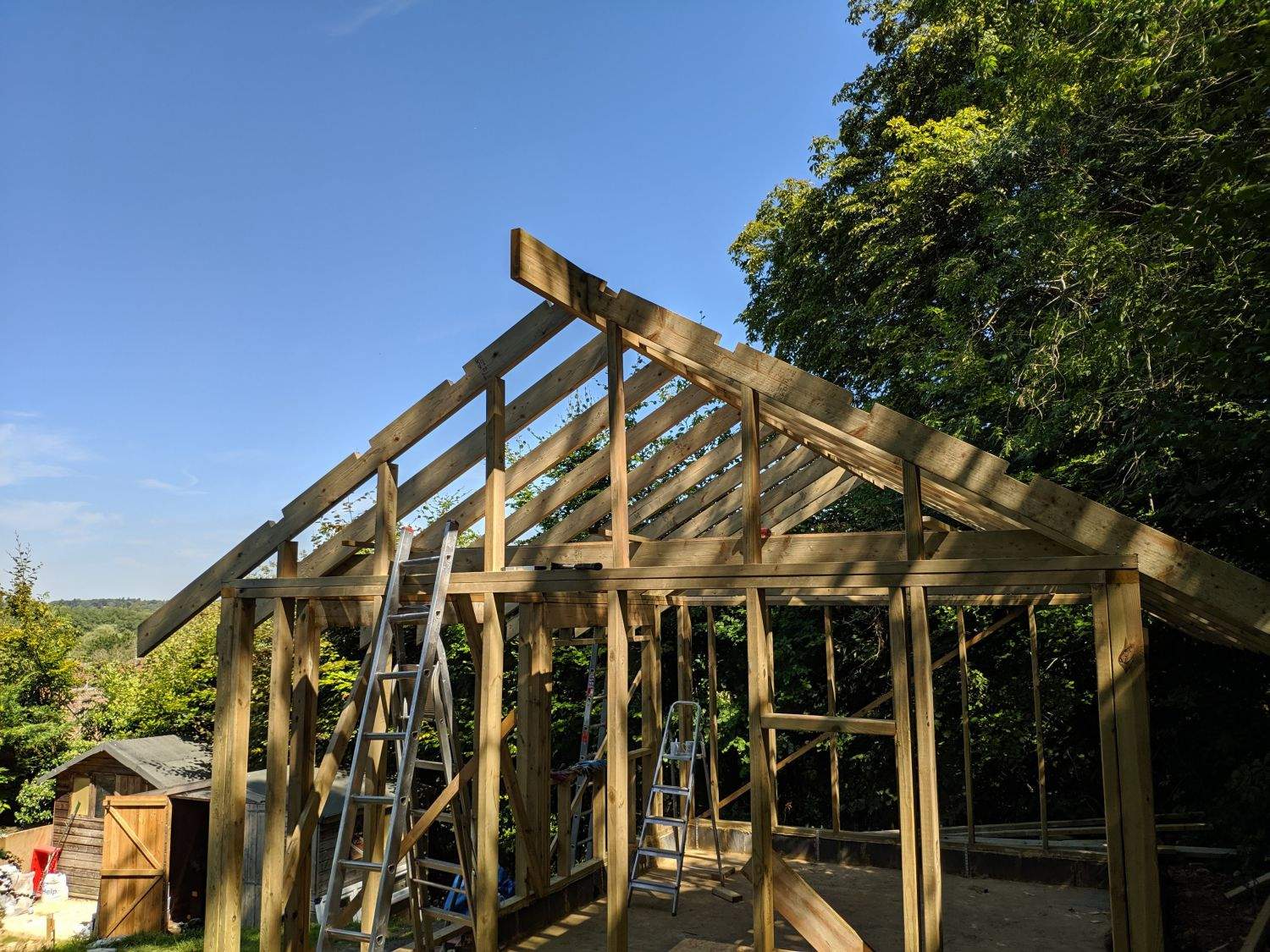
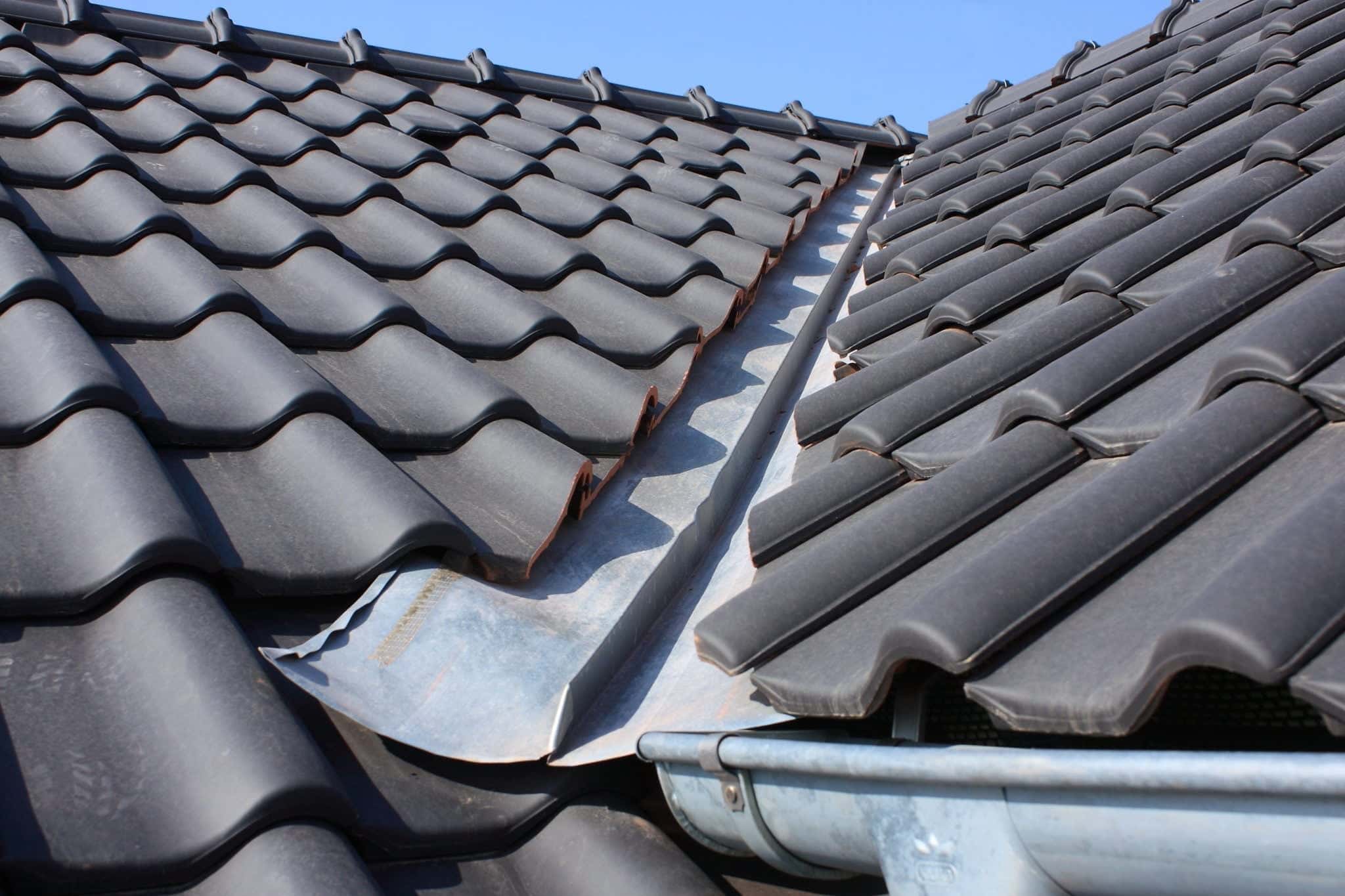

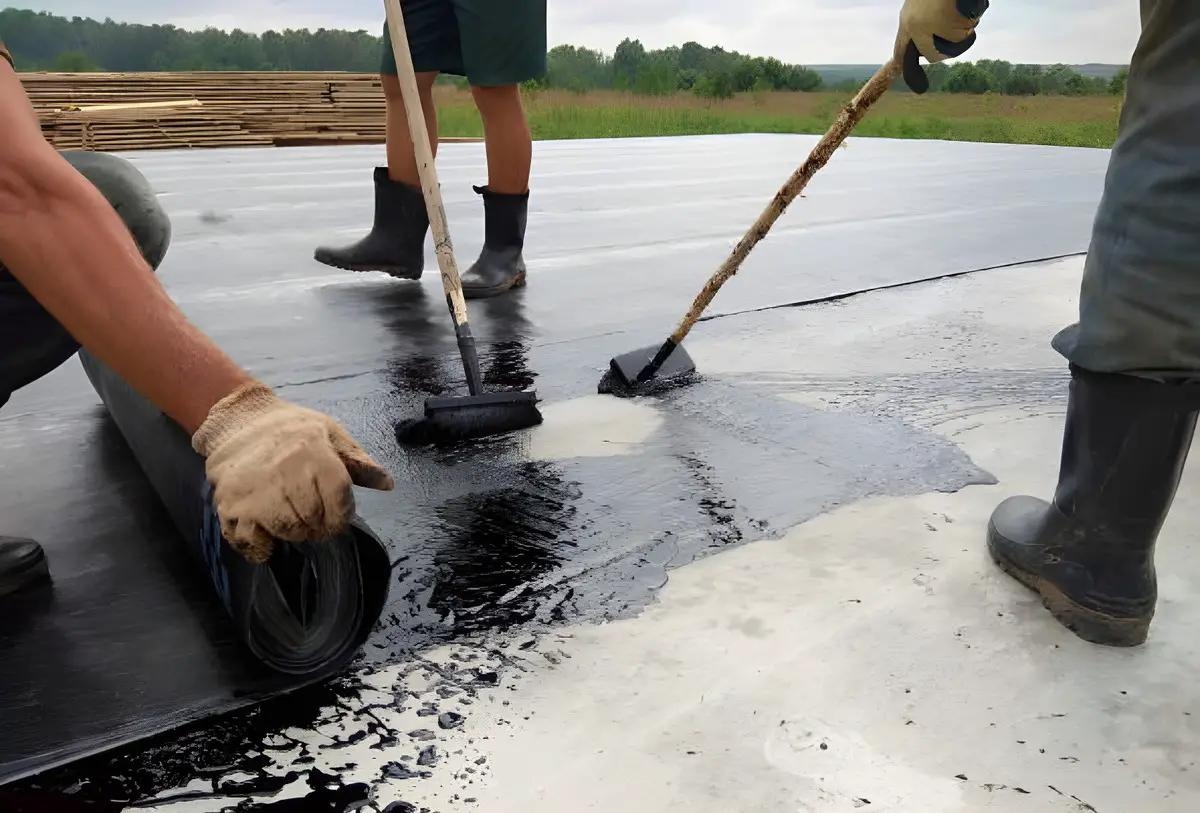


0 thoughts on “How To Get On Roof”